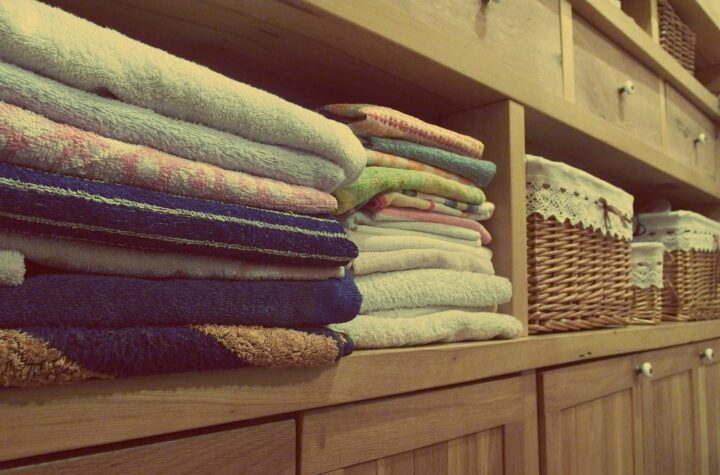The Dirt on Laundry and How to Reduce Your Risk of Getting Sick
We have used linens for centuries for cover and in order to keep us warm, comfortable and looking good. Back in the day, there was little information on how to keep our linen well-maintained and clean.
Clothes and linen are the most susceptible to cross-contamination, and they easily create an environment for bacteria to flourish. Cross-contamination is the transfer of harmful bacteria from an object, person, or place to another. Thus, it is important to know what makes your clothes and linen contaminated and how to handle and clean them.

What makes laundry “Contaminated”?
There are a lot of things that can make your clothes or linen contaminated. According to the Occupational Safety and Health Administration (OHSA), clothes or linen that has been in contact with Other Potentially Infectious Materials (OPIM) such as blood, sweat, dirt, and other foreign objects or fluids is already considered contaminated.
Handling Contaminated Laundry
The Occupational Safety and Health Administration (OHSA) provided the necessary guidelines on how to properly handle contaminated laundry in order to prevent cross-contamination.
- Contaminated clothes or linen should be handled and moved with the least physical disturbance possible. Linens should not be shaken or thrown during the handling process. Doing such can cause the contaminants to spread across the air and can potentially transfer to other materials or nearby surfaces.
- Use a bag, which can be a laundry bag or trash bag, for contaminated laundry. This should be done on-site in order to contain the contamination and avoid spread. Also, it is important to do the washing in a separate and contained room.
- For wet, contaminated laundry, a leak-proof container should be used to avoid leakage and soaking through other surfaces. Also, during the transportation of such materials, it is advised to use additional leakage protections.
- Using color-coded labels is advised, especially when handling biohazard linens that may be contaminated by a sick person. In handling biohazard laundry, it is important to follow the necessary, additional precautions in handling and cleaning.
- When handling and transporting contaminated laundry, it is important to keep your distance from the containers. Avoid squeezing hard on the bags to avoid punctures, which can cause leakage.
How to Decontaminate
Decontamination is the process of removing hazardous materials such as chemicals or other harmful fluids from a surface. This process is equally important in handling and transporting contaminated clothes and linen. Decontaminating your laundry is not the same as doing a regular wash and dry. In performing this process, it is best to follow medical protocols in cleaning. Also, it is important to source medical-grade chemicals in order to fully decontaminate your clothes and linen.
However, if you are not capable of performing the decontamination process, it is highly advised to contact a laundry company that is equipped with the facility, expertise and experience to provide the desired hygienically clean laundry app story. Moreover, if you are still hesitant about handling your own contaminated laundry, look for laundry companies that offer additional services such as laundry pickup and delivery.


